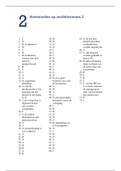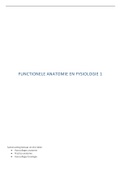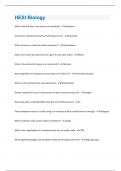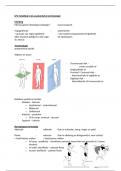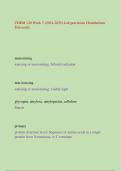Exam (elaborations)
Turf & Landscape exam questions and 100% correct answers
- Course
- Institution
Describe the kinds of damage arthropod pests can cause. - correct answer Chewing mouth parts: tearing damage, notched or ragged leaves, holes in fruits and seeds, gridled stems, and chewed off roots Piercing-sucking mouth parts (needle like feeding on plant tissue): yellowed leaves, galls, and ...
[Show more]






